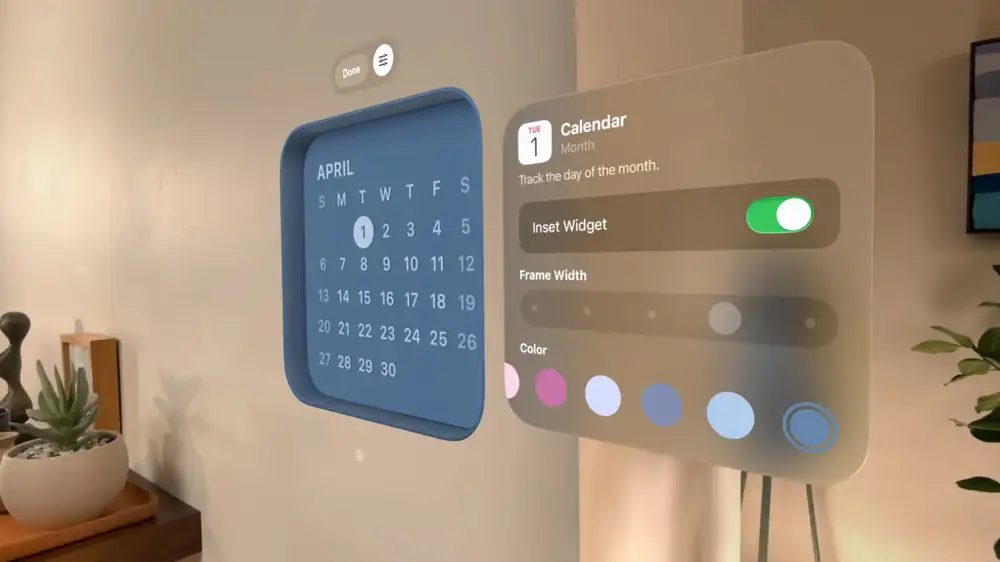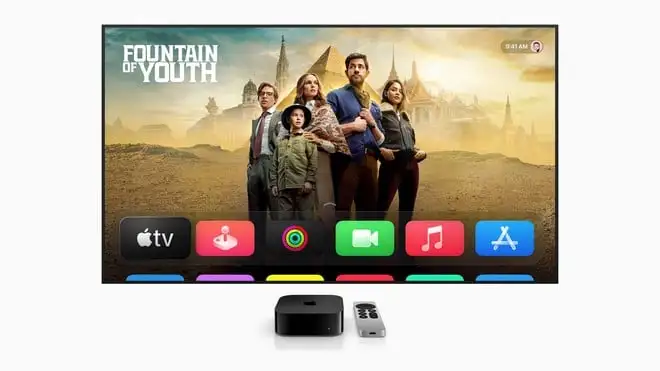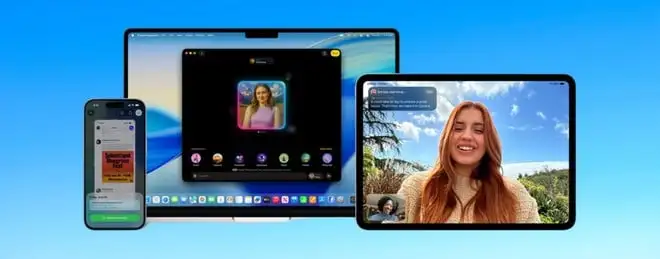As part of a wider software rebranding effort, Apple's visionOS is jumping from version 2 to 26 with a new software update announced during the company's developer conference this week.
visionOS 26 will reach Vision Pro users later this year, and it focuses on refining the focus of the device based on how users are actually using it rather than whatever wild ideas the company had during its initial development—including addressing common complaints about how the Vision Pro doesn't support some features of popular competing mixed-reality headsets.
For example, the headset will soon support native playback of 3D video recorded by people other than Apple and downloaded from anywhere on the Internet—something you had to use a few, somewhat janky third-party apps to do until now, but which is an easier-to-access feature of some other mixed-reality headsets.
In general, making experiences consistent across a space is a theme of the new version of visionOS. For the first time, multiple Vision Pro users can view the same content in sync in the same room. The examples Apple showed included two people watching a movie on a virtual screen together on the couch, and two people in the same room and one person remotely via their Persona working in a car design app.
And since we're on the topic of Personas, that much-maligned feature (which creates a 3D avatar to represent you in video calls while you're wearing the headset) is getting a facelift. Apple claims Personas will look much better and more natural—which wouldn't be saying too much, to be honest.
Continuing on the theme of connecting devices in one space, visionOS will now support accessories with six degrees of freedom, like a design pen or VR controllers (such as those originally made for the PlayStation VR2). That will address some user complaints that common VR games and applications from other platforms (which use physical accessories and controllers like this) wouldn't work on the Vision Pro.
Also, widgets are now supported in visionOS. Whereas widgets can be put anywhere on your home screen on iOS, visionOS allows you to put widgets anywhere in your physical home (or office or wherever else). For example, you can put the clock widget on a wall like it's actually a wall clock, or you can use a photo to make a fake window in your space.
Perhaps in part due to its steep cost, the Vision Pro has found a lot of its best applications in professional and enterprise settings. To that end, Apple is shipping some new enterprise APIs and tools enabling things like team device sharing and additional security for viewing sensitive content.
All told, the updates planned for visionOS 26 aren't going to fundamentally transform Vision Pro or make it a breakthrough mainstream device—the price of the Vision Pro precludes that. Instead, most of them promise to refine the experience by adding features that are typical for other mixed-reality platforms and refocusing on the wins the platform has had, de-emphasizing the misses.

 tvOS 26 al WWDC 2025: Apple TV si rinnova con design Liquid Glass e funzioni inedite
tvOS 26 al WWDC 2025: Apple TV si rinnova con design Liquid Glass e funzioni inedite